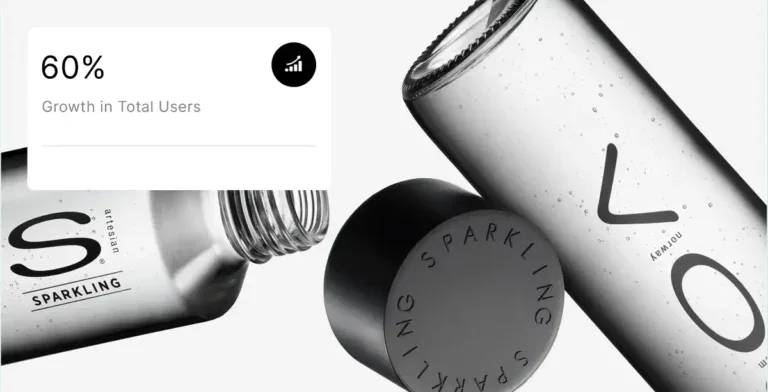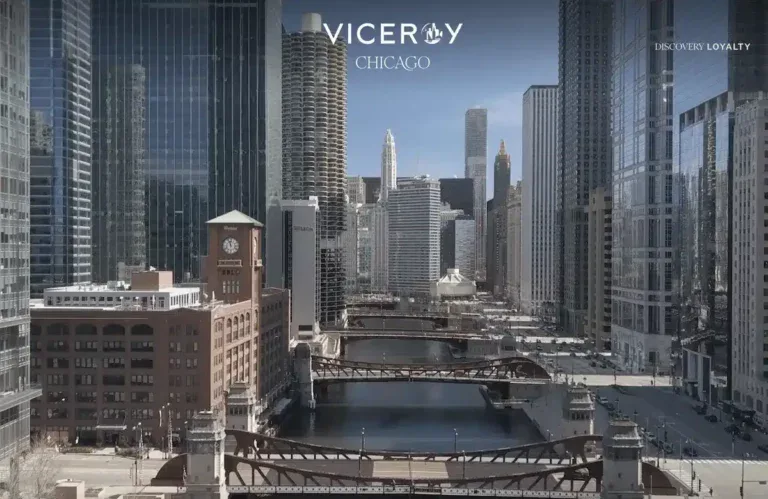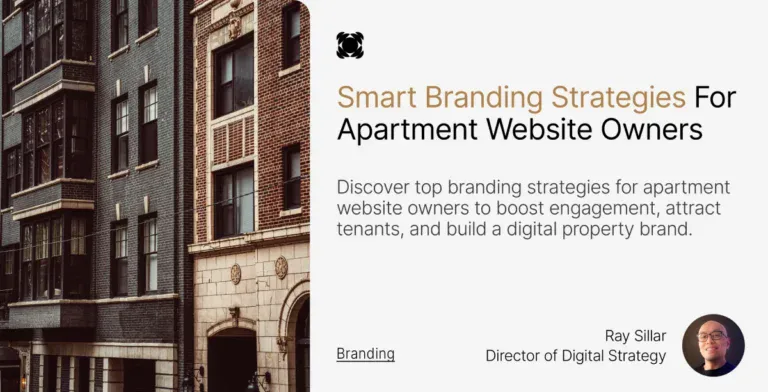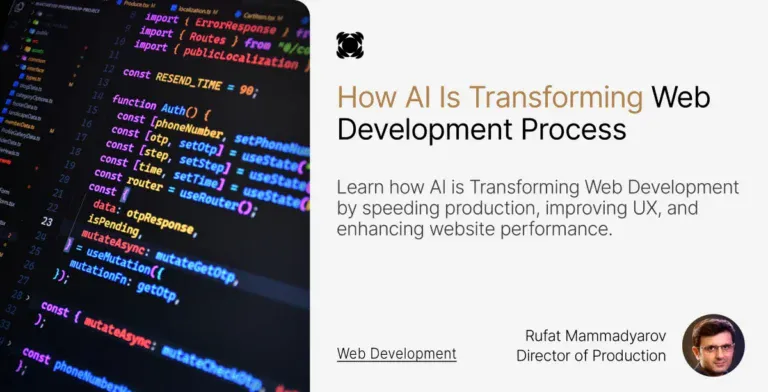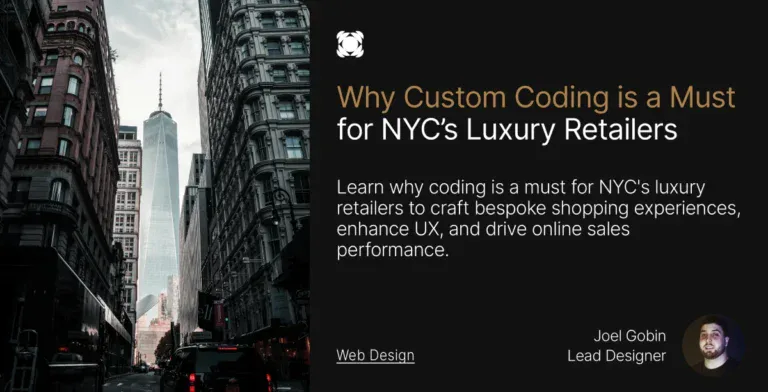Did you know that more than 75% of people think that a brand’s credibility is tied to the quality of its website?
This means that having a website with essential features is now more important than ever.
But how much does it cost to design a website nowadays?
With current trends, a website in 2026 can range from $300 to a whopping $30,000.
The actual price tag varies significantly based on your needs.
A basic WordPress site might cost as little as $115 annually, yet custom-built websites for businesses typically range from $5,000 to $20,000.
E-commerce websites demand even more investment, with costs between $17,500 and $95,000 depending on complexity.

The cost to design a website varies based on a few key factors. These include its complexity, functionality, and custom features.
Also, it matters if you hire professionals or choose DIY tools. Seventy-two percent of businesses now have professional websites.
Plus, nearly one-third of U.S. business is done online.
So, a well-designed site is essential.
This guide outlines the costs of building a website. It covers everything from planning to maintenance after launch.
This way, you can budget well and dodge surprise expenses.
Want a website but don’t know where to start or what to do? Let us help.
Cost to Design a Website: Defining a Budget
Before hiring a web design agency, proper planning will save you thousands of dollars.
Success starts with clear goals and a good understanding of your needs. This directly affects your website’s budget.
Identifying your goals and audience
Setting clear website goals starts with defining your business objectives. Decide what you want your website to do.
Do you want to boost sales, get leads, share info, grow brand awareness, or help customers?
These goals will determine what features and functionality your website requires.
Begin with a discovery phase to outline your website’s purpose. Document questions such as:
- Who are your website users, and what matters to them?
- What are competitors doing online?
- What do you want your website to accomplish?
- How will you manage the website content?
- What metrics will define success?
Understanding your target audience is equally important as knowing the cost to design a website. Research their demographic information, browsing habits, challenges, and sources of information. This knowledge prevents wasted investment in features your audience won’t use or appreciate.
Estimating the number of pages and features
The size and scope of your website significantly impact costs. Local small businesses might need only 5-10 pages, while e-commerce sites could require 30 or more pages. Consider these elements when estimating size:
Content organization affects complexity, how many top-level sections exist? How deep does each content trail go?
More sections mean more templates needed.
Features and functionality drive costs more than anything else. Common elements that increase budget requirements include:
- User accounts and login systems
- E-commerce capabilities
- Dynamic maps and interactive elements
- Content website management system setup
- Third-party integrations
Prioritize these features based on your goals and budget constraints. Making a prioritized list helps you figure out labor costs. It shows what’s essential and what’s optional.
Scope creep is common. The initial requirements often change during development. Communication overhead and scope changes can boost project time by 5 to 10 times the original estimate. Build flexibility into your budget to accommodate inevitable changes.
Design and Development Cost Breakdown
The cost to design a website can range dramatically in price depending on complexity and customization. Understanding these costs helps you make informed decisions for your online presence.
UI/UX design and wireframing
The visual and interactive elements of your website represent the foundation of user experience. UI/UX design costs typically range from $2,000 to $10,000 for professional services. This investment impacts how visitors use your site. A good design quickly draws in users.
UI/UX design services break down into three critical stages:
- Analyzing competitors and defining target audience preferences.
- Creating layouts that show page structure and navigation paths.
- Building interactive website demos for stakeholder feedback.

For basic UI elements, expect to pay around $5,000-$15,000, yet complex custom animations or interactive features can push costs to $30,000-$50,000.
Designers add great value by focusing on users. This improves efficiency and boosts brand image.
Front-end and back-end development
Front-end development implements your website’s visual aspects and user interactions. Developers use HTML, CSS, and JavaScript to build the site. HTML creates the structure. CSS adds styling. JavaScript makes it interactive. Front-end costs typically range from $5,000 to $20,000, though simple projects might start around $1,000.
Key factors affecting front-end development costs include:
- Website responsiveness across devices
- Website speed and load times
- Complexity of animations and interactive elements
- Developer experience level
Back-end development supports your website’s core functions. It includes server-side scripting, database setup, and feature coding. This crucial component costs between $8,000 and $30,000 depending on complexity.
Working with third-party services, complex queries, and unusual data processing can raise costs.
Content management system setup
A content management system (CMS) lets you easily update website content without coding knowledge. CMS implementation typically costs $3,000-$9,000 depending on customization needs. Popular choices are WordPress, Drupal, and Shopify, especially if you want to build an eCommerce website that sells.
Each one has unique features and price ranges.
CMS costs vary by type:
- Open-source platforms, such as WordPress, are free to download. However, you will need hosting, which costs between $5 and $100 a month. Premium themes range from $30 to $200. You might also need developer customization, costing $50 to $150 per hour.
- Enterprise CMS solutions: Higher initial investment, but they offer enhanced security and scalability.
- Cloud-based CMS: Monthly subscription fees with built-in security and maintenance.
The best CMS for you depends on your growth plans, how much customization you need, and your maintenance preferences. Systems designed for scalability might cost more initially but save money as your business expands.
Knowing what type of CMS your business ideally needs is a must. Let’s say you have a law firm website, you wouldn’t want to use an eCommerce focused CMS for it but instead a blog oriented one.
Here’s a simple guide on how to start a Shopify store if you decide that Shopify is the better pick for your business.
Additional Tools and Services That Impact Cost
When learning about the cost to design a website, you should include design and development costs.
Also, consider essential tools and services that will affect the total cost. These overlooked factors can greatly impact your initial investment and ongoing costs.
Domain registration and hosting plans
The address visitors type to find your website requires an annual payment. Domain names usually cost $10 to $20 a year. However, premium domains or special extensions may cost more. The initial registration might cost $10 to $50, yet renewal fees often increase after introductory periods.
When selecting a domain registrar, consider:
- Registration vs. renewal pricing.
- Domain privacy protection ($10-$15 yearly.)
- Contract-length discounts.
Website hosting provides the server space where your site lives. This unavoidable recurring expense varies dramatically based on your needs:
- Shared hosting ($2-$15/month): Multiple websites share server resources, suitable for low-traffic sites.
- VPS hosting ($5-$20/month): Dedicated resources in a shared environment.
- Dedicated hosting ($80-$300+/month): Your own server with maximum performance.
- Cloud hosting ($10-$30/month): Uses multiple servers for better reliability.
Many website builders include hosting in their monthly fees. These fees usually range from $15 to $20 for basic packages.
Custom hosting for developed sites costs between $2.50 and $13 a month. This option is more affordable over time.
SSL certificates and security tools
An SSL certificate encrypts data transmitted between visitors and your website, shown by “https” in your URL. This critical security feature:
- Protects sensitive information.
- Builds visitors’ trust.
- Improves search engine rankings.
Many hosting providers now give basic SSL certificates at no cost.
Premium certificates, on the other hand, offer better security and come at various prices:
- Domain Validation (DV) certificates: $5-70/year, verify domain ownership only.
- Organization Validation (OV) certificates: $150+/year; verify basic business details.
- Extended Validation (EV) certificates: $200+/year, provide the highest level of verification.
The right certificate depends on how much sensitive information your website collects. E-commerce sites and those handling personal data should invest in higher validation levels.
Beyond SSL, comprehensive website security requires ongoing investment. Basic security plans cost about $50 a year.
Advanced protection for business websites can go up to hundreds or even thousands of dollars each year. These costs are key to protecting your business from advanced cyber threats.
Without this protection, your business could face serious damage.
Feeling overwhelmed with all the options and steps you need to build your website? We can help.
Plugins, themes, and third-party integrations
Your website’s look and performance often depend on extra software. These components come with their own costs.
Custom themes provide your site’s visual design and can range from free to over $1,000. Free themes are available, but premium options cost $30 to $200. They provide better design, improved support, and extra features.
Custom website builders typically include basic themes, whereas custom-developed websites might require specialized designs.
Plugins (or apps) extend your website’s capabilities without custom coding. A typical website uses between 15-18 plugins that may include:
- Security tools
- SEO optimization
- Form builders
- Analytics dashboards
- Caching for performance
Many plugins have free versions.
However, premium options offer advanced features, better support, and regular updates. Expect to pay between $15-$200 per plugin, with some requiring annual subscriptions rather than one-time purchases.
Third-party integrations connect your website to services outside. They include payment processors, CRM systems, and marketing platforms. These connections enable seamless business operations but can add $100-$2,000+ to your website’s cost.
Keep in mind that these tools raise your initial website costs.
However, they offer great value. They boost functionality, improve security, and enhance a website’s user experience. All these factors help your website succeed.
Post-Launch Costs and Long-Term Value
Creating a website isn’t a one-time expense.
After the design phase, your digital investment needs ongoing funding.
This ensures you get the most value from it. Understanding these continuing expenses helps you plan your total website budget effectively.
Ongoing maintenance and support
Your website demands regular upkeep to remain functional, secure, and current. Monthly maintenance costs usually range from $20 to $500.
However, complex enterprise sites can cost up to $5,000 each month. Instead of viewing these expenses as a burden, consider them crucial safeguards for your online business assets.
Professional websites built with scalable design frameworks reduce frequent redesign needs. This upfront investment delivers savings through:
- Minimal maintenance requirements due to clean coding practices.
- Scalable site structure eliminates yearly complete overhauls.
- Compatibility with evolving technology standards
Monthly maintenance typically covers content management system updates, security patching, and technical help.
Many designers provide maintenance packages. These packages help keep your site updated with the latest security and design trends. This ongoing relationship allows you to focus on your business while experts handle technical aspects.
For e-commerce sites, maintenance covers updating product listings, managing inventory, and ensuring payment processing functions properly.
When your website crashes or faces security issues, secure hosting with good customer service is key. It’s important to have help you can rely on during these times.
SEO, analytics, and performance tools
Ranking higher in search results requires investment in search engine optimization. SEO costs range widely based on needs, from basic tools at $200-$500 monthly to comprehensive strategies at $1,500-$5,000 monthly.
Professional websites built with SEO best practices benefit from:
- Clean, optimized code structure
- Fast-loading pages
- Proper metadata implementation
- Secure HTTPS configuration
Performance optimization represents another ongoing cost critical to user experience. Google ranks sites by user experience and mobile performance. This means that investing in speed optimization can directly improve your search visibility. Tools monitoring website performance cost between $50-$200 monthly.
Calculating ROI for SEO means looking at improved traffic, conversion rates, and expected revenue. Then, compare these with service costs. SEO provides lasting value. While paid ads stop when payments end, SEO keeps bringing in organic traffic over time.
Beyond SEO, analytics tools provide insights into your audience’s behavior. Google Analytics gives great free tracking.
Still, businesses often find that extra specialized tools help them dig deeper into their data.
These investments improve marketing strategies and user experience. This leads to a higher long-term value for the website.
Keep in mind that maintenance and performance tools raise your website costs.
But they safeguard your design investment and enhance its business impact in the long run.
The Real Cost to Design a Website: Balancing Investment and Value
Website design costs vary widely based on your business needs and goals. Websites can cost from a few hundred dollars for simple WordPress sites to $95,000 for complex e-commerce platforms.
Your website is a big investment, so it needs careful thought.
This might all be daunting and overwhelming if it’s your first time getting a website designed.
At Blacksmith, we show our clients how we design their websites. This way, they are happy with the results every time.
With our web design solutions, you’ll get a group of seasoned web designers that will create a custom website that stands out from the competition. All while having high conversion rates and being easy to navigate.
Still not convinced? Click here to schedule a call so we can discuss everything related to your brand-new website. Make 2026 your best year yet by investing in a custom website for your business.

